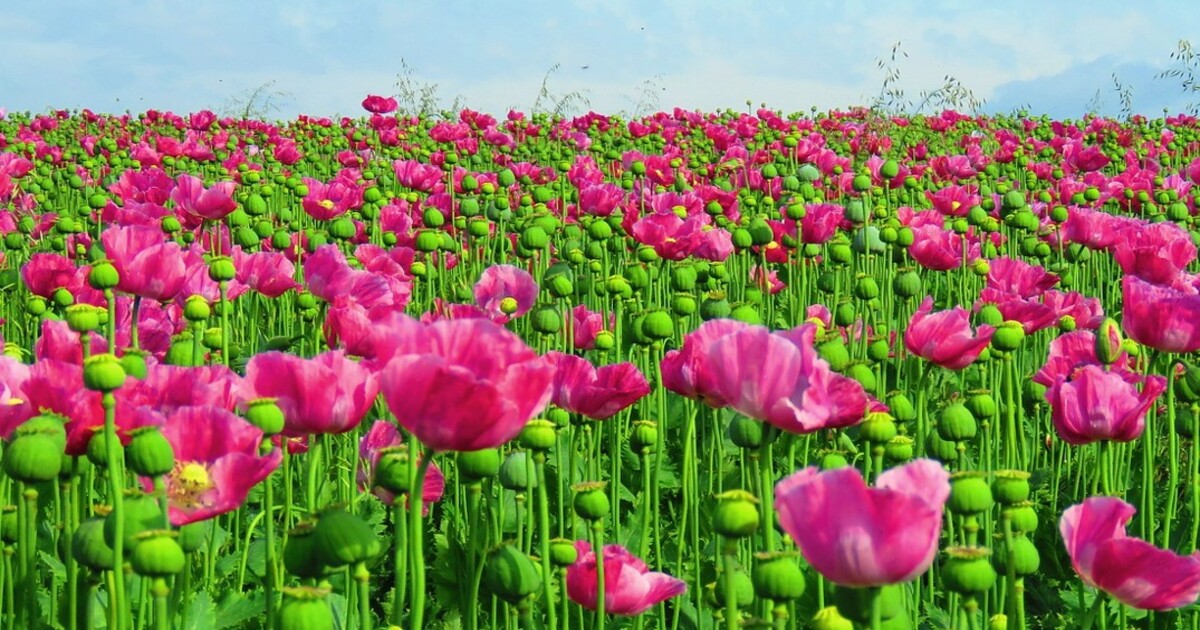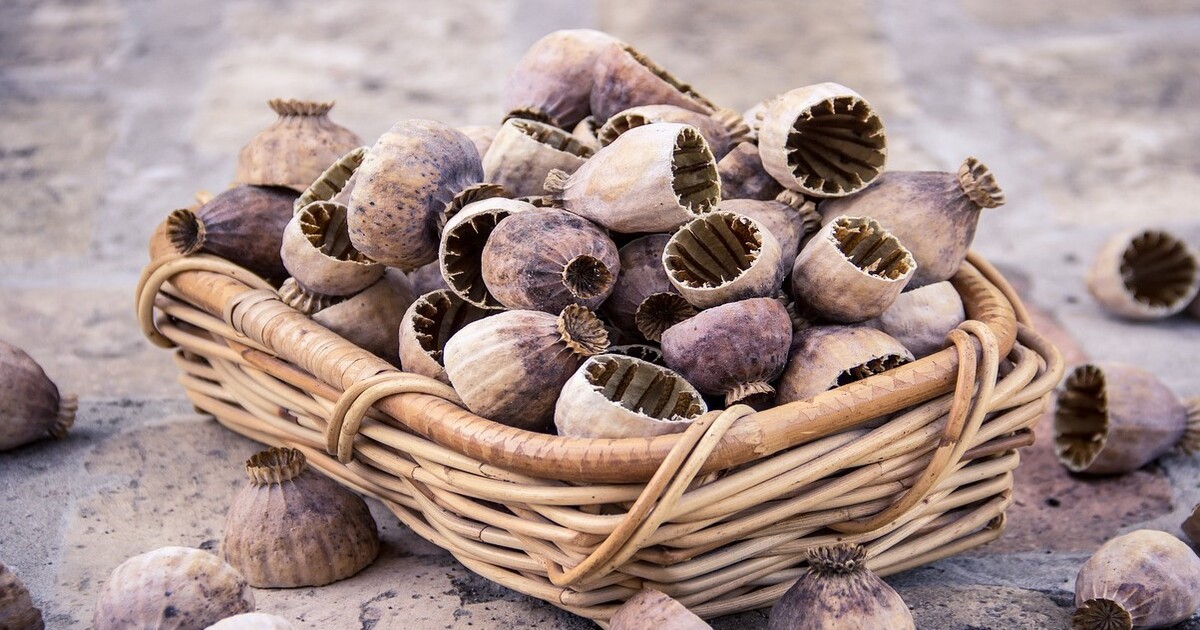Afghanistan’s Opium: No End in Sight
Despite U.S. elimination efforts since the 2001 invasion, production of the drug crop is much higher.
January 14, 2017

1. The total production tonnage in 2014 was more than double Afghanistan’s production in 2000, the year before the U.S. invasion.
2. The U.S. government alone has spent more than $7 billion on opium elimination efforts in Afghanistan since 2001.
3. Afghanistan’s overall annual production of opium fell by 48% — nearly half — in 2015, but only due to the one-year blight in areas of the south.
4. Production is expected to be much higher when 2016 data become available.
5. Even in 2015, 70% of all opium grown worldwide came from Afghanistan. (It was 85% of global supply the year before, for comparison.)
6. Prices and volumes farther along the supply chain tend to maintain some stability even after crisis crops.
7. Price stability in the global opium trade is due to stockpiling inside Afghanistan during high-production or low-price years.
8. One aspect of elimination programs – so-called “alternative development” – was to try to persuade farmers to grow wheat, cotton, or other crops.
9. The price and gross returns of these commodities remains quite low compared to poppy.
10. Opium farmers, on average, also have much less land to work with than farmers with more holdings, who dominate legal agriculture.
11. Thus, in the absence of effective reduction or elimination efforts, Afghanistan is likely to remain the world’s leading supplier of opium.
12. These are bound to be problematic as opium production is the one area where the country enjoys a comparative advantage globally.
13. Afghanistan’s opium advantage is, however, due almost entirely to the lawless state of many of the opium poppy growing areas.
14. Years of war have decimated Afghanistan’s pomegranate and other fruit production and export capacity, which might have been able to supplant opium as a cash crop.
5. Rival producers like Israel, Turkey, Lebanon, Greece and Mexico easily out-compete Afghanistan in legitimate fruit crops.
Sources: The Globalist Research Center, United Nations Office on Drugs and Crime, NBC News
Takeaways
The US government has spent more than $7 billion on opium elimination efforts in Afghanistan.
Opium farmers, on average, also have much less land to work with than farmers with more holdings.
Afghanistan’s opium advantage is due to the lawless state of many of the poppy growing areas.
Author
The Globalist
Read previous

Global Conflict
The Taliban’s Cash Crop
January 13, 2017